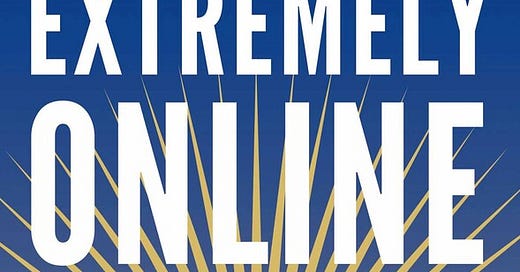Highly Influential
An in-depth look at how social media influencers are reshaping the media landscape by tearing down barriers usually reserved for traditional media and advertising agencies.
Extremely Online: The Untold Story of Fame, Influence, and Power on the Internet
By Taylor Lorenz
Grade: 90
Extremely Online wasn't on my radar until I heard Taylor Lorenz, a tech columnist for The Washington Post, interviewed on one of my favorite podcasts. The book explores how the growth of social media has led to the rise of influencers who now play an outsized role in both business and culture.
Why it matters
She argues quite convincingly that influencers have not only redefined how we communicate and consume content but they have changed the overall business climate in becoming the gateway for brands to reach consumers via social media platforms, specifically Instagram and TikTok. This, she says, is important because it marks a departure from how brands formerly used traditional media and advertising to attract eyeballs to their products or services; now, influencers with large followings perform the same function.
Useful influence
On Instagram and TikTok, influencers promote everything from apparel and footwear to cars, food, drinks, and even picture frames through visual content and short-form videos. (Given their vast reach, often in the millions, influencers are well-compensated, often earning hundreds of thousands of dollars annually.)
Lorenz details how brands, recognizing this influence, have increasingly partnered with influencers to engage their target audiences in more authentic and direct ways.
As a result, brands can leverage influencers' fan bases to build authentic connections, achieve meaningful customer engagement, reach niche audiences, and do so more cost-effectively compared to traditional media.
Why the book resonated with me
For all of its flaws, social media—when used properly—can be an amazing vehicle for growing a brands presence, reach, and audience online. I know dozens of small business owners who, after committing to use YouTube or Instagram and, later, TikTok, to educate and entertain their audiences, have grown exponentially in the process. Lorenz’s book is an warts-and-all look at what those changes have wrought.




